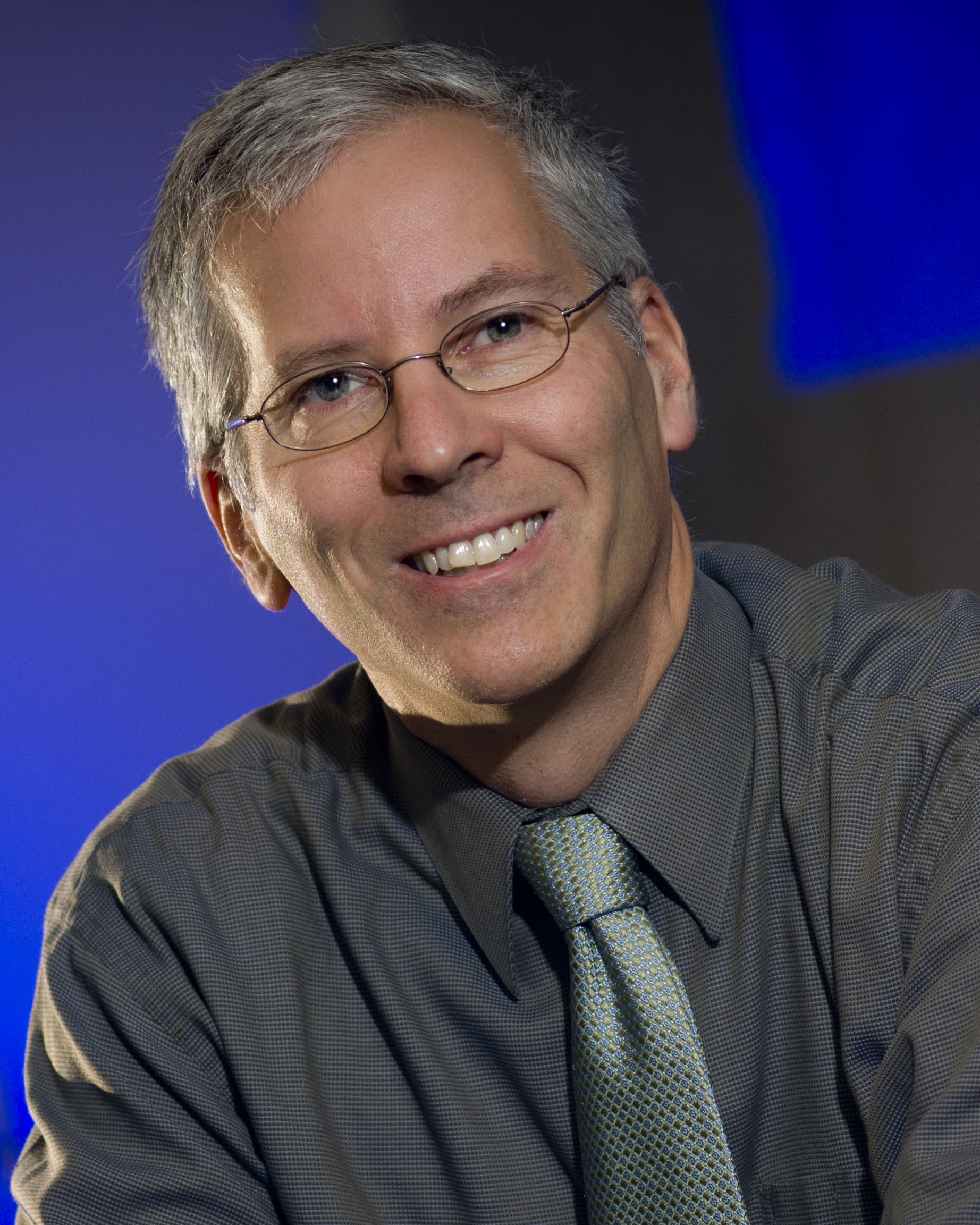
21 Jul TSRC Town Talks: Sunscreen in Your Genes
Professor Bern Kohler speaks at the Telluride Conference Center, Tuesday, July 25, 6 p.m., part of Telluride Science Research Center’s (TSRC) Town Talks in Mountain Village. The subject: “The Sunscreen In Your Genes.” Admission is free; a cash bar opens at 5:30 p.m.

Bern Kohler, MSU photo by Kelly Gorham.
About four billion years ago Mother Earth was essentially nothing more than an inhospitable rock. Every day, the surface of our planet was blasted with far greater solar UV radiation than it is today. The atmosphere was thin, oxygen was in low supply, and yet somehow, life managed to take hold.
One of the first obstacles that early life had to overcome was in long supply: the aforementioned solar barrage.
All the UV rays blasting earth carried a great deal of energy – but it was too much of a good thing. UV rays can wreak havoc on the molecules and cells within living organisms but, as it turns out, those organisms had a secret weapon and it was imbedded in their own DNA.
That same protection is in your DNA too.
Think back to your high school biology class and you will likely remember learning about DNA, the genetic instructions that control just about everything in your body. Your textbooks would have had a picture of the double helix, which looks something like a ladder twisted into a spiral. You might even remember that DNA is made up of four basic building blocks, parsed to the letters A, G, C, and T. Those bases make up that “rungs” of that twisted ladder and, recently, it has been found that they don’t just store genetic information. They protect you from solar radiation too.
Bern Kohler, Professor of Chemistry and Ohio Eminent Scholar at The Ohio State University, has been working with his team to explore these remarkable properties of DNA.
“My team and I study how DNA interacts with UV radiation and by observing DNA exposed to radiation, we’ve discovered that DNA’s building blocks can act in a way similar to sunscreen molecules.”
The first thing many people might think when they hear this news is that they don’t need to use sunscreen. That’s not the case as Professor Kohler explains:
“DNA definitely does still get damaged and that is why your skin tans or burns. But it does not get damaged as quickly as it would if it lacked these special properties. Sunscreen is still a good idea because you want to minimize excessive damage.”
Again, the sunscreening properties of DNA help, but not for the intense rays on beaches and ski slopes.
“Most sunscreens protect against UV-A and UV-B wavelengths, which are the longer wavelengths. DNA’s sunscreening properties work best at so-called UV-C wavelengths, the shortest wavelengths that are completely blocked by the Ozone Layer today.”
These UV-C wavelengths were far more common on early earth before the Ozone Layer was present.
“In other words,” continues Professor Kohler, “DNA would have been made a good sunscreen two or three billion years ago, but it isn’t that useful today because it does not absorb the longer wavelengths—UV-A and UV-B – radiation very well.”
DNA’s ability to absorb these UV rays suggests a long history of interaction with solar radiation and that simple fact could possibly tell us something about how early life formed and survived on our inhospitable planet those billions of years ago.
Professor Kohler’s work is especially pertinent to those of us living at high elevation.
As he concludes: “Since the atmosphere is thinner at higher elevations like Telluride, UV radiation is much stronger.”
In this week’s TSRC Town Talk – “Four Billion Years of Fun in the Sun: The Photochemical Properties of DNA and Their Role in Minimizing UV Damage” – Professor Kohler dives deeper into the sunscreen-like properties on our DNA.
To learn more about the power of our own DNA in fighting radiation, comeTSRC’s Town Talk on Tuesday, July 25, 6 p.m., at the Telluride Conference Center in Mountain Village.
The cash bar opens at 5:30 p.m.
Admission is free.
TSRC Town Talks are a series of weekly talks for the public in Telluride, sponsored by the nonprofit Telluride Science Research Center. Over 1,400 scientists from all over the world come to Telluride each year to discuss new ideas and build research partnerships. To learn more about TSRC and its current work go to www.telluridescience.org.


Sorry, the comment form is closed at this time.